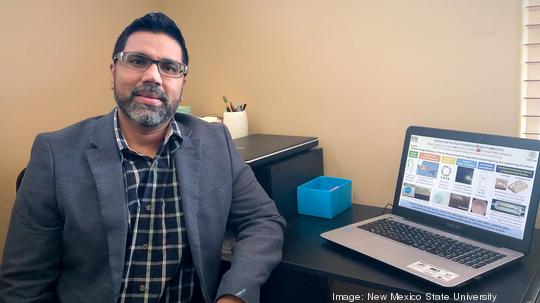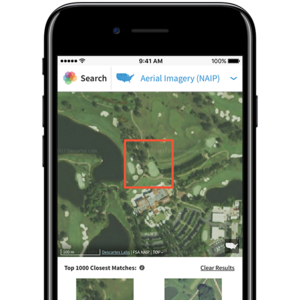
NASA recently selected New Mexico State University to participate in a research program with hundreds of thousands of dollars in financial support.
Krishna Kota, associate professor of thermal sciences and energy in the Department of Mechanical and Aerospace Engineering at the university, will lead a research project focused on heat exchanger technology for coolers intended for space missions, according to a NMSU news release from Tuesday. NMSU Mechanical Engineering Associate Professor Sarada Kuravi and Professor Vimal Chaitanya are co-principal investigators on the effort, according to the release.
Kota will design and optimize technology for cryogenic heat exchangers and use additive manufacturing to build them. The project intends to use the tech to reduce the size and improve the performance of thermal management systems and heat exchangers for spacecraft electronics, satellites, automobiles and other things, according to NASA.
"The excitement is also in part due to the chance the grant provides for pursuing an intriguing idea that has been on my mind for some time now,” Kota said in a statement.
The project is one of 14 university-led proposals selected to receive as much as $650,000 in grants from NASA’s Space Technology Research Grants program. The program is funded by NASA's Space Technology Mission Directorate, develops space technologies to enable future missions, according to NASA.
"This research has the potential to make space heat exchangers light-weight and compact... at present, these heat exchangers are very bulky and large but they are necessary for enabling long-duration space missions beyond the low earth orbit. Compact heat exchangers will lower the cost of space missions. They will help in saving space and reducing the weight in the spacecraft and these savings can be used for carrying other mission-critical components."
Researchers from the Massachusetts institute of Technology, Georgia Institute of Technology, Johns Hopkins University, Stanford University, Texas A&M University and other institutions were also selected.
"U.S. universities are hubs for research and development,” said Walt Engelund, deputy associate administrator for programs within NASA’s Space Technology Mission Directorate, in a statement. “NASA relies on this community to innovate technologies and offer perspective on systems the agency knows it will need for future missions.”




